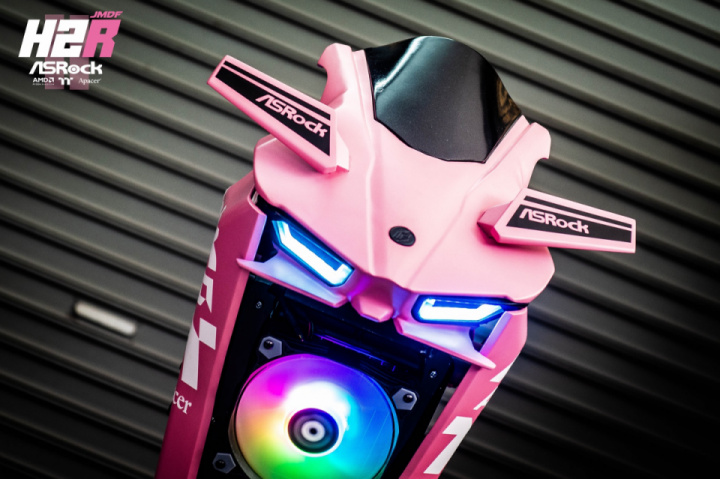
Syska Hennessy Group believes that Best Practices in this matter are:ġ. In fact, with some manufacturer's products, the slave UPS system will not transfer to bypass under unsynchronized conditions, or will make an open transition transfer of such duration that the critical computer load may be dropped. It can also potentially damage the slave UPS system. If a slave UPS system must transfer its output to its bypass under unsynchronized conditions, the resulting transfer can be rough, causing the very problems that LBS seeks to avoid. If a slave UPS system's bypass source is unsynchronized with the master UPS bypass source, then the slave UPS system's output is unsynchronized with its bypass source.Ģ. So, in normal operation the output of all of the UPS systems on the LBS are synchronized to the master UPS system's bypass source. Each slave UPS system's output is forced to remain synchronized to the master UPS system's output. A LBS typically designates one UPS system as the master and the rest as slaves. The outputs of some UPS systems sharing a common LBS can become unsynchronized with their bypass sources. Your next consideration should be the potential for unintended consequences of LBS:ġ. However, recent SBTS technology advances can effectively eliminate this problem. The inrush currents can produce unintended tripping of upstream circuit breakers. A transformer downstream of an SBTS, such as in a Power Distribution Unit (PDU), will experience mechanical stress and produce large inrush currents when switched between unsynchronized sources.
Box sync psu plus#
The inrush currents can produce malfunction of the motor and driven load plus unintended tripping of upstream circuit breakers.ģ. AC (alternating current) motors, such as cabinet cooling fans or coolant pumps, experience mechanical stress and can produce large inrush currents when switched between unsynchronized sources. The entire load is supplied at DC (direct current) from the power supplies.Ģ. Modern computer equipment (with switch mode power supplies) experiences no difficulties when switched between sources, regardless of whether the sources are synchronized or not. Your first consideration should be whether LBS really benefits the project.



Not so quick! As with most things in life, the decision is not as simple as advertised and is not without some potential risk. At first glance, LBS sounds like it should be included on every project with multiple UPS systems. This switching is normally accomplished by a Static Bus Transfer Switch (SBTS) that provides open transition transfer with a 4-20 millisecond break between the sources.


 0 kommentar(er)
0 kommentar(er)
